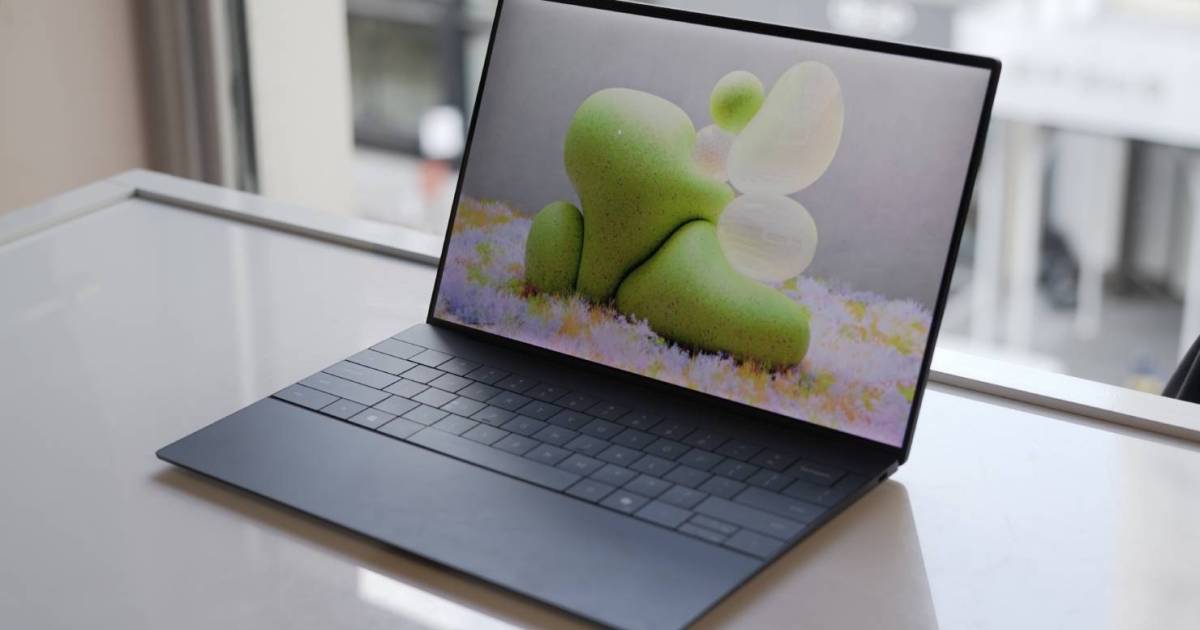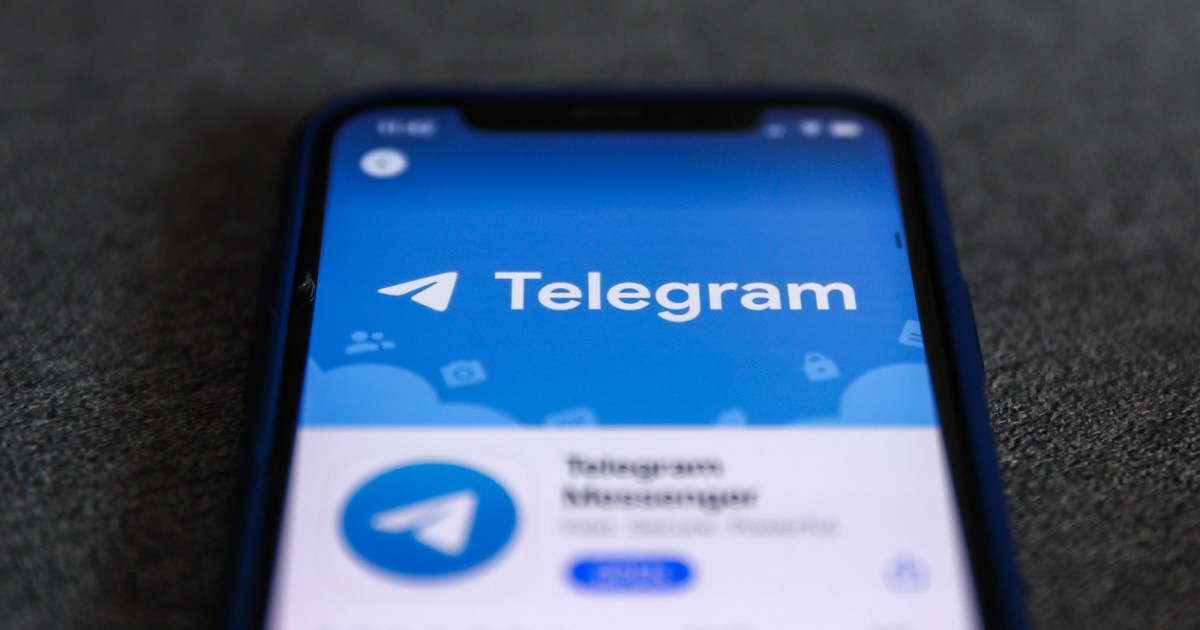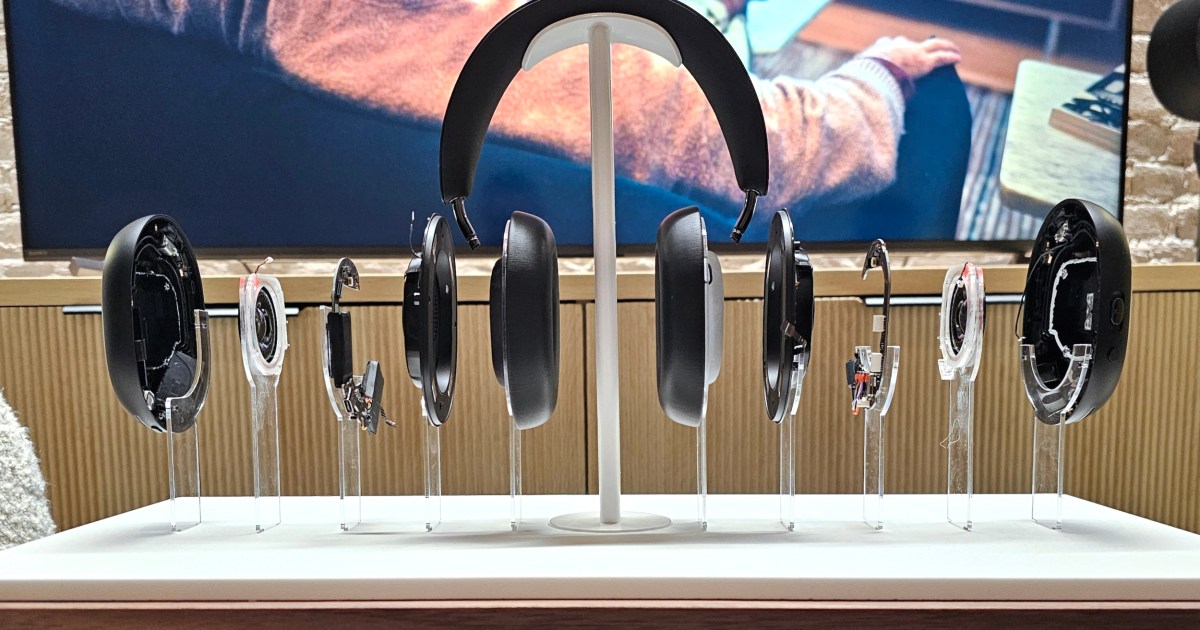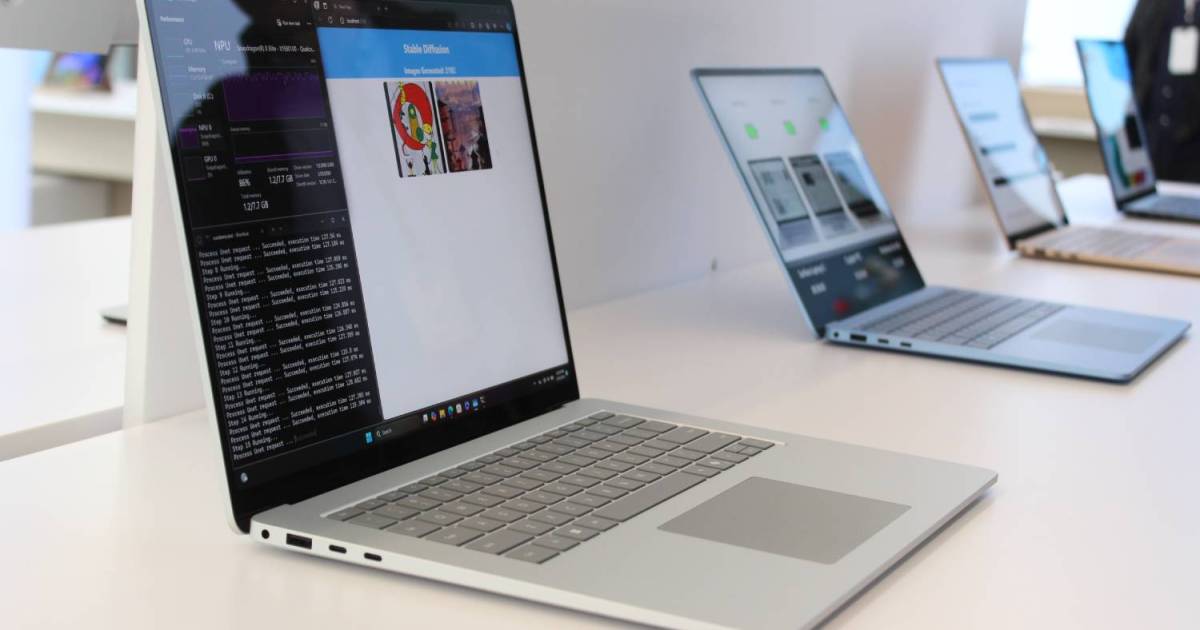The new Dell XPS 13 is making waves, not just for its sleek design, but for a groundbreaking display technology: Tandem OLED. Dell confirmed this exciting development to The Verge, marking the XPS 13 as the first laptop to embrace this innovative screen technology.
 The Dell XPS 13 in front of a window.The new Dell XPS 13 boasts a cutting-edge Tandem OLED display. (Image: Luke Larsen / MaagX)
The Dell XPS 13 in front of a window.The new Dell XPS 13 boasts a cutting-edge Tandem OLED display. (Image: Luke Larsen / MaagX)
What is Tandem OLED and Why Does it Matter?
Tandem OLED, pioneered by Apple in the iPad Pro M4, is designed to address a key limitation of traditional OLED displays: brightness. By stacking multiple OLED panels, Tandem OLED significantly boosts luminance, promising a more vibrant and impactful viewing experience. Until the XPS 13, this technology remained exclusive to Apple’s tablet, making Dell’s implementation a significant leap forward for laptop displays.
Dell XPS 13: Brightness and Performance Expectations
While Dell hasn’t revealed the specific specifications of its Tandem OLED display, early demonstrations from companies like TCL suggest its potential. TCL showcased a slideable Tandem OLED reaching an impressive 2,500 nits of brightness, dwarfing the current peak of around 700 nits found in top-tier OLED laptops.
Beyond the Display: Snapdragon Power and Copilot+ Integration
The XPS 13’s innovations don’t stop at the screen. It’s also the first XPS model to incorporate a Snapdragon processor, specifically the powerful Snapdragon X Elite. Furthermore, it’s among the select few laptops launching with Copilot+ on June 18th. The XPS 13 with Tandem OLED touch display, 512GB of storage, and 16GB of RAM is priced at $1,500.
Tandem OLED Challenges: Early Adoption Hurdles
While promising, Tandem OLED is not without its challenges. Early adopters of the iPad Pro reported a grainy effect, and iMore uncovered an HDR bug causing blown-out highlights, especially in blue hues. These teething problems are expected with any emerging technology, and both Dell and Apple are likely working to refine the Tandem OLED experience.
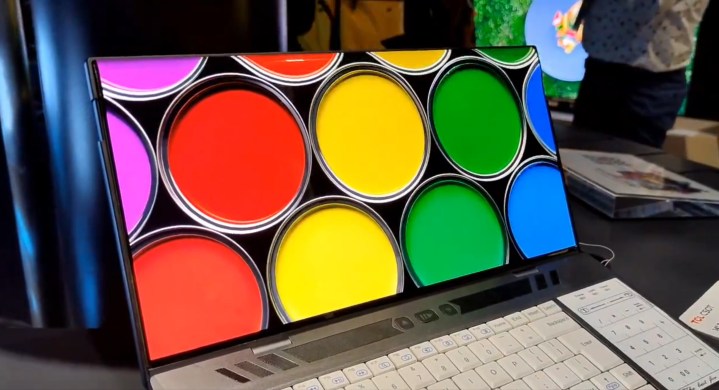 A tandem OLED display shown off at Display Week.Tandem OLED technology, while promising, faces initial challenges like graininess and HDR issues. (Image: Guillaume Chansin / X/Twitter)
A tandem OLED display shown off at Display Week.Tandem OLED technology, while promising, faces initial challenges like graininess and HDR issues. (Image: Guillaume Chansin / X/Twitter)
The Future of Tandem OLED in Laptops
Despite these early hurdles, the Dell XPS 13’s adoption of Tandem OLED represents a significant milestone. While OLED laptops have become increasingly common, with models like the Asus ROG Zephyrus G14 leading the charge, Tandem OLED remains a rarity. The XPS 13 could pave the way for wider adoption, potentially sparking a new wave of brighter, more vibrant laptop displays. Upcoming events like Computex might reveal further developments in this exciting display technology.
Conclusion: A Bright Future for Laptop Displays
The Dell XPS 13’s Tandem OLED display signifies a major advancement in laptop technology. While initial challenges exist, the potential for dramatically improved brightness and visual quality is undeniable. This innovative display, coupled with the powerful Snapdragon X Elite processor and Copilot+ integration, positions the XPS 13 as a compelling choice for users seeking cutting-edge technology. The future of laptop displays looks bright, thanks to the pioneering efforts of companies like Dell.



